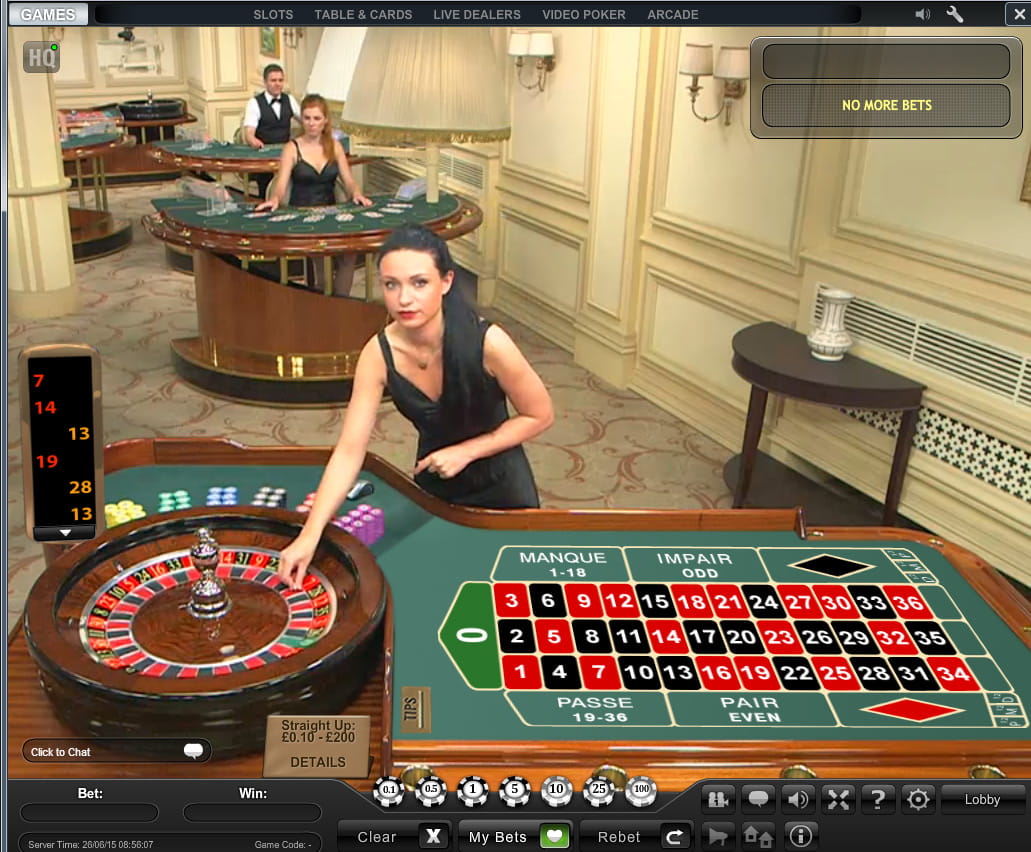
In the vibrant and thrilling world of gaming establishments, where luck and strategy intertwine, hues and aesthetic play a pivotal role in attracting gamblers. As soon as visitors step into a casino or access a gaming platform, they are immersed in a visual feast that captures their attention and entices them to discover further. Bright colors, captivating graphics, and innovative layouts are carefully crafted to create an atmosphere of thrill and expectation, ultimately improving the gaming encounter. https://bj88ss.com/
While players move through the ever-changing landscape of casino games, they come across a range of designs that not only serve aesthetic purposes but also affect feelings and decision-making. Hues like red and gold symbolize riches and fortune, while calm navy and greens can create a much relaxed environment. Understanding how these elements work together allows casinos to create an welcoming and energizing atmosphere that encourages players to interact with the games, spend additional time at the tables, and increase their general enjoyment.
The Science of Hue in Gambling Games
Hue plays a crucial role in the development of gaming experiences, shaping players’ feelings and actions. Bright and striking hues, such as scarlet and gold, are often used to ignite excitement and capture attention. These colors create a sense of pressure and vitality, encouraging gamblers to engage more readily with the activity. By strategically selecting tints, creators aim to inspire feelings of satisfaction and anticipation, which can enhance the overall game experience.
Different colors also have psychological connotations that can affect how participants perceive their odds of winning. For case, lime is frequently associated with luck and prosperity, making it a frequent choice in games like roulette and poker tables. This connection can cause gamblers to feel more positive and self-assured in their gaming, ultimately motivating them to wager more. Understanding these associations allows game designers to craft environments that enhance player happiness and retention.
Moreover, the interface of casino game interfaces often utilizes color gradients and contrasting hues to direct player actions. For instance, winning results may be accentuated with striking, differing shades, creating a visual reward. This method reinforces successful results and supports repeated participation. By leveraging the psychology of color, casinos can design games that not only draw players but also keep them interested and dedicated in their gaming experience.
Design Features that Attract Players
The aesthetic appeal of casino games is largely influenced by the implementation of vibrant colors. Lively and contrasting colors are strategically chosen to create an appealing atmosphere that captures interest. For instance, crimson and golden hues often signify good fortune and prosperity, which is why they are prevalent in the color schemes of slot machines and table surfaces. These colors not only attract players in, but they also stir emotions associated with thrill and anticipation, enhancing the total gaming experience.
In addition to color, the design and organization of gambling games play a significant role in player attraction. Games are designed to be user-friendly, ensuring that players can easily understand the rules and gameplay. Accessible interfaces, along with engaging graphics and motion, help maintain player interest and encourage extended play sessions. The physical elements, such as the feel of the controls and the sounds of the games, also add to a comprehensive sensory experience that keeps players immersed.
Finally, conceptual elements in gaming design can greatly influence gaming decisions. Many gambling games are inspired by media, myths, or exploration motifs, featuring symbols and characters that connect with players. These themes create a sense of engagement and relatability, making each game feel distinct. When players feel a connection to the theme, they are more likely to choose that game over others, leading to higher participation and excitement within the casino environment.
Case Studies: Effective Gambling Slot Designs
One key example of effective casino game design is the well-known slot machine series based around popular movies. Games such as those based on the Wizard of Oz and Game of thrones utilize bright colors and high-quality graphics to engage players in well-known narratives. The employment of moving visuals and entertaining sound effects takes the interest of players, building an psychological connection to the theme. This approach not just encourages longer play but also enhances the overall gaming experience, yielding increased player retention.
Another successful case is the application of color psychology in table games like blackjack and the wheel. Casinos often create these games with deep reds and greens, colors traditionally connected with luck and wealth. For instance, the green felt on a 21 table provides a relaxing effect, while the crimson accents in roulette invite anticipation. This thoughtful use of color helps to establish an inviting atmosphere that encourages players to participate, fulfilling their psychological impulses and enhancing their enjoyment.
Finally, social casino games that incorporate community features and bright, lively designs have experienced remarkable success in engaging players. Games like Zynga’s Poker and Slot-O-Mania leverage striking colors and playful animations to create an inviting online environment. The integration of leaderboards, social sharing options, and in-game rewards fosters competition and community, attracting players in for longer sessions. Such designs merely make the games visually appealing but also emphasize community engagement, a key factor in player retention and engagement within digital casino environments.
